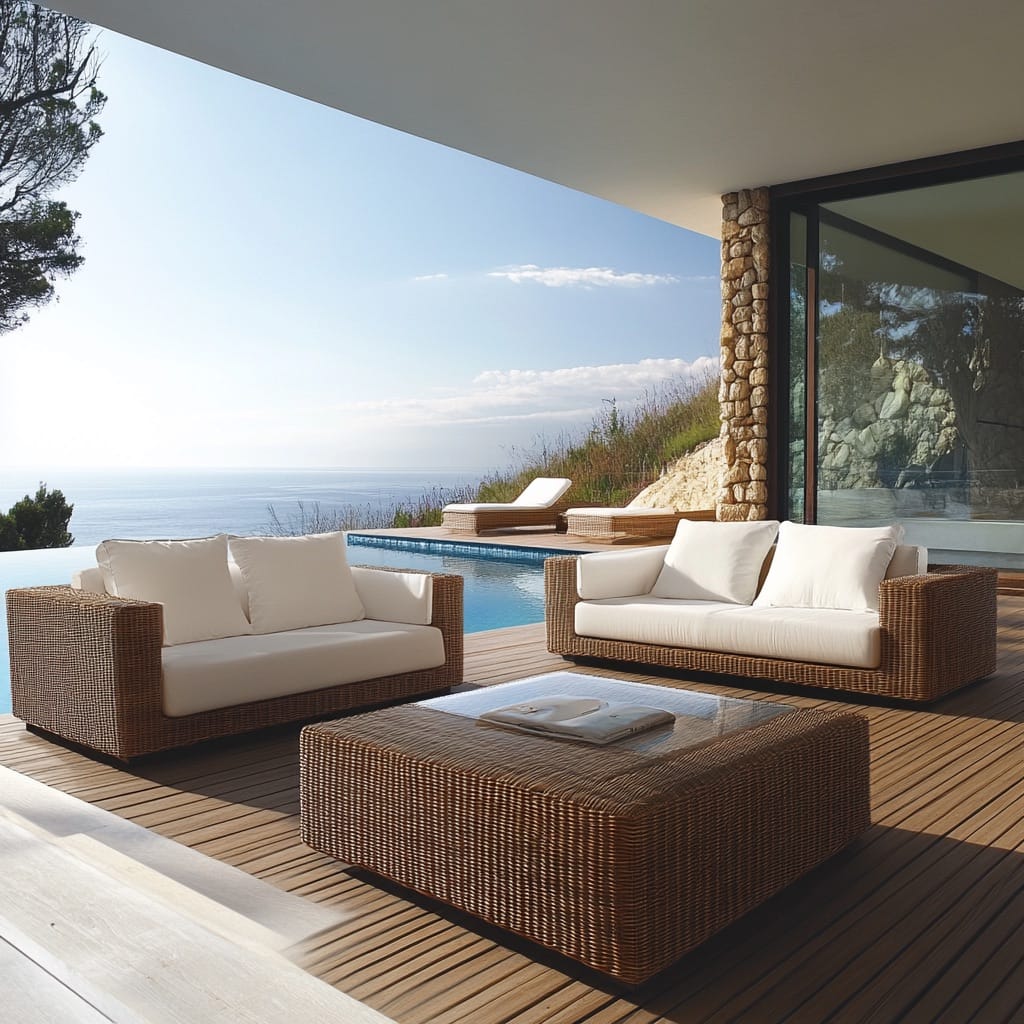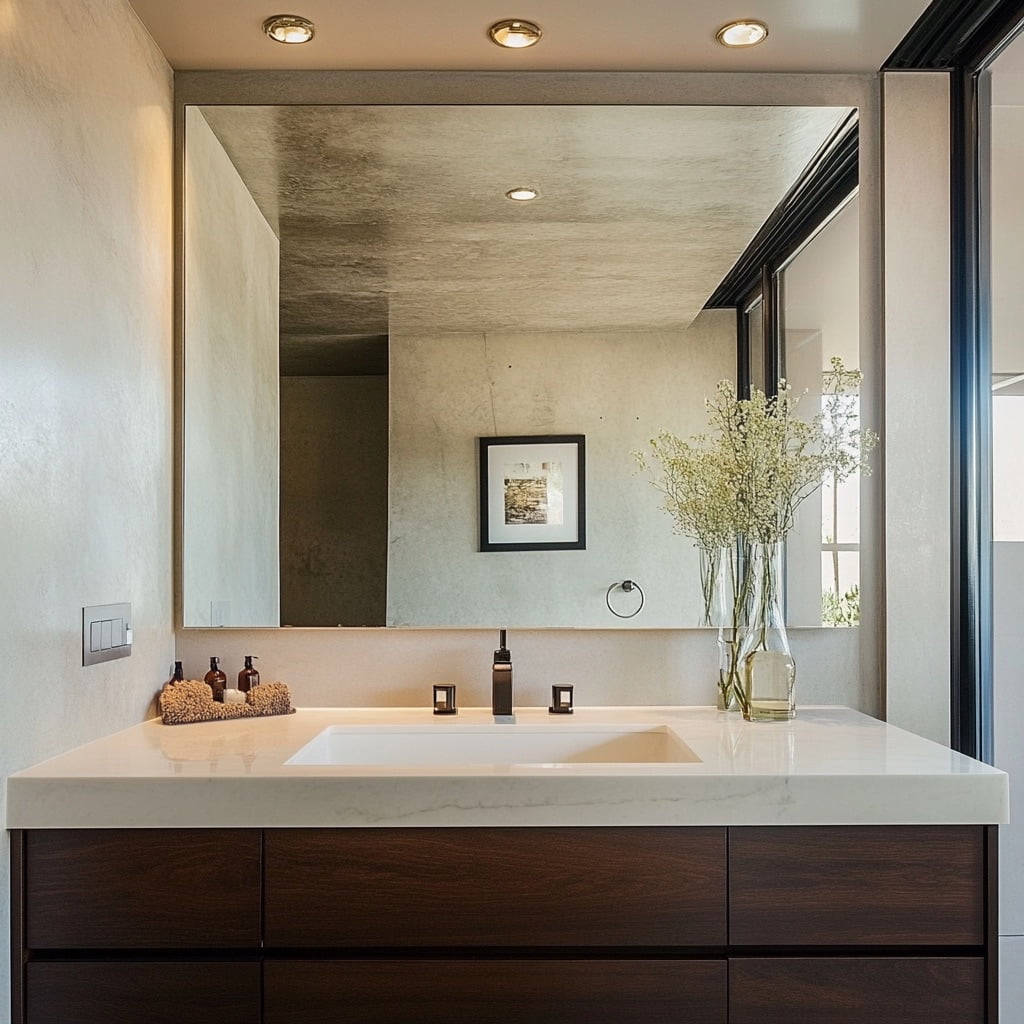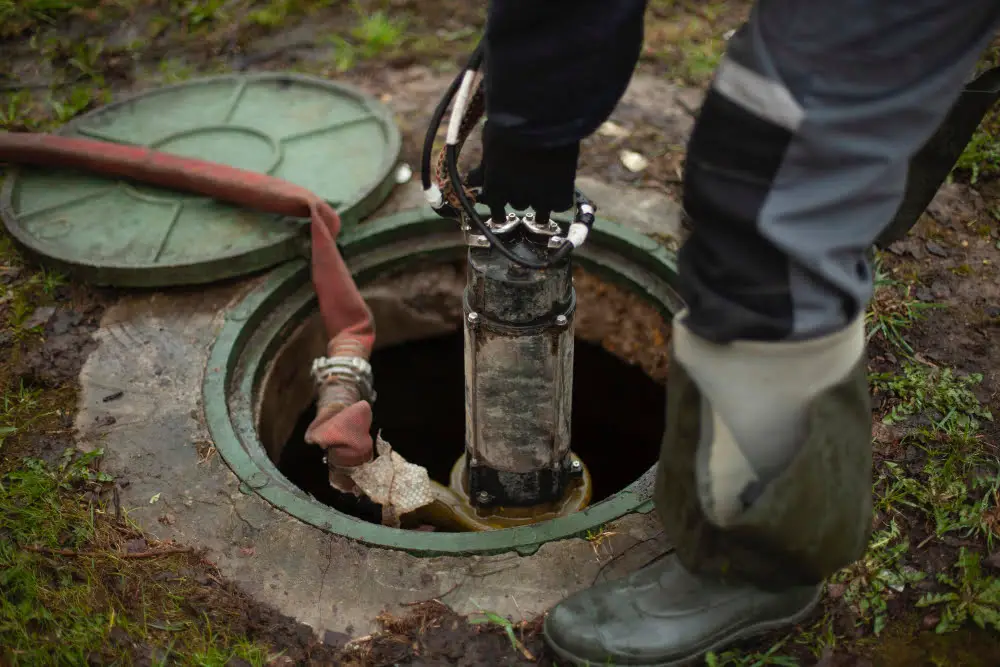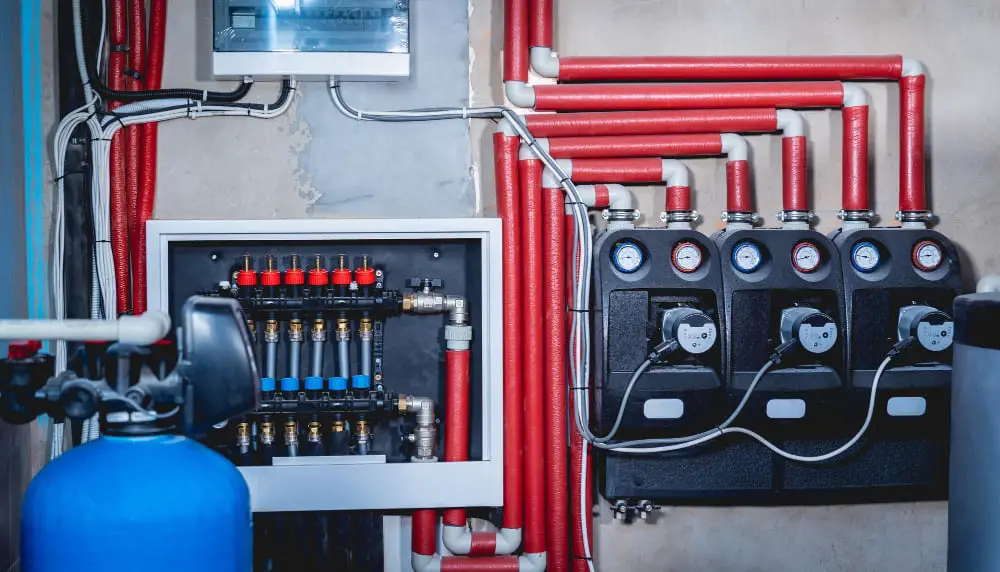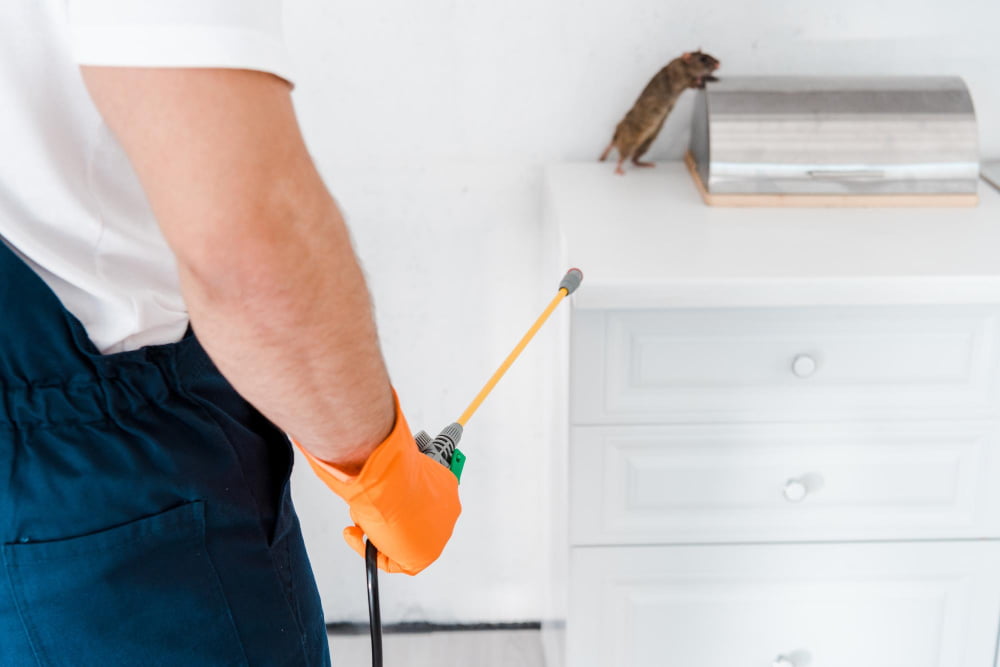Last updated on
While common in most parts of the world, those in the West tend to place far too much trust in the police services and home security devices they place in their homes or offices to warrant investing in a safe. However, regardless of where you live, a safe can be the difference between a thief stealing your most valued items during a break-in or simply lifting the sorts of things that your home insurance can easily cover (TVs, laptops, etc).
Purchasing a safe is a sound investment that will pay off not simply in keeping your precocious valuables safe but also in having them organized in one useful location ready for whenever you might want or need access to them. However, with a lack of knowledge about what to look for, it can be difficult for many people to understand what they ought to take into account during the purchasing process.
Size and Weight for Storage Needs
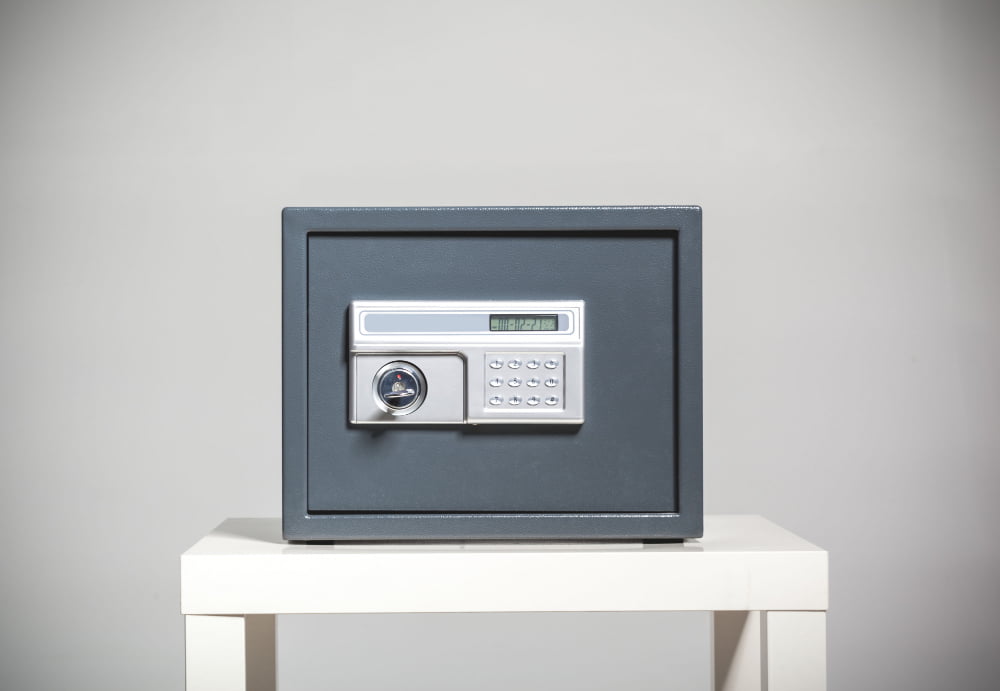
As you might expect, your initial steps should include thinking about why you need a safe and, as a result, what size you may need in relation to how much you want to store, as well as your flooring with regard to how heavy you can get. Moreover, according to EverlastingSafes.com, multiple options range from firearms safes to dedicated fire and burglary options, depending on your requirements.
Outside of specific storage needs, you will have to double-check how heavy the net weight of the safe is, its capacity, and whether or not the floor you wish to place it on can handle the weight. When all is said and done, these are essentially dense chunks of solid metal that are heavy enough on their own but take on even more mass once laden with your valuables.
Type of Locking Mechanism Available
The lock will be the primary line of defense, standing guard between your possessions and anyone looking to break in. Perhaps the most basic option is a simple mechanical lock, similar to what you might find on a standard door, i.e., a key that turns a lock open or closed. It should go without saying, but these are arguably the easiest to pick and open, making it vital you opt for something with a little more clout.
For higher security, consider a safe with a bolt-locking mechanism. These feature multiple steel bolts extending into the door’s frame for locking. The more bolts, the stronger the lock. Some premium safes even have relocking bolts, which automatically extend if someone attempts to drill into the door.
The point is that regardless of what you need your safe to protect (documents, precious metals, cash, guns, etc.), seriously considering the types of locking mechanisms is critical to keeping your valuables out of the wrong hands.
Fire and Water Resistance Levels
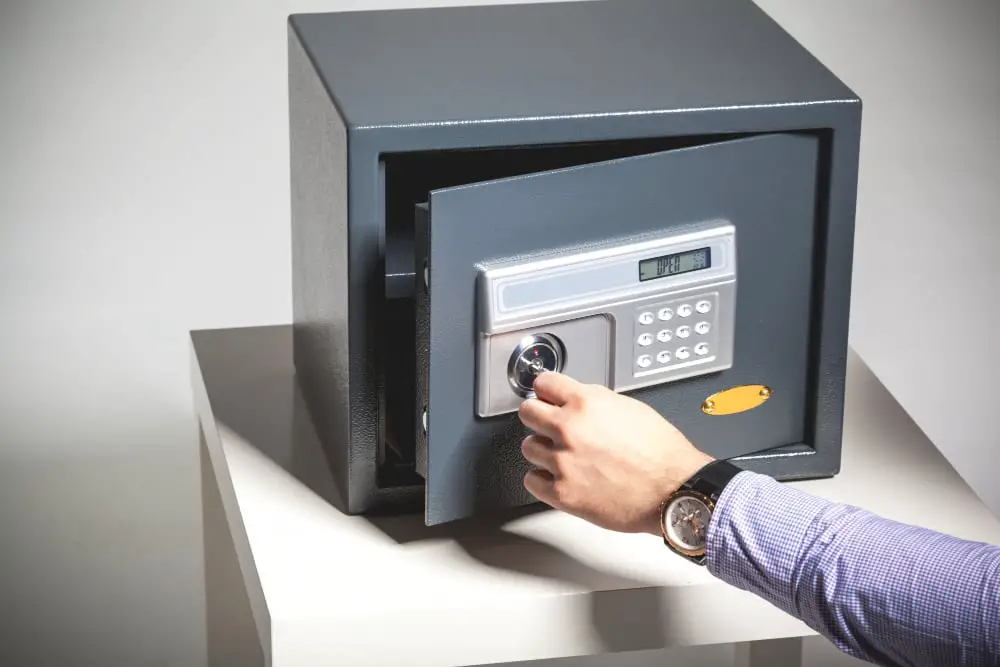
A safe isn’t merely for keeping the bad guys out; it can also serve as a way to keep all your most precious items safe in the case of a fire or water damage. Look for certification that proves the safe has been adequately tested and is capable of dealing with intense heat. Professionally rated safes that can withstand temperatures over 1500 degrees Fahrenheit, protecting valuables inside even if a house fire engulfs the room the safe is in.
Similarly, water resistance is crucial if flooding is a concern in your area. Safes designed for home or office use should, at the very least, be able to withstand being fully submerged for a period of time without damage. While this is arguably more important if you are storing documents rather than materials, if you are going to pay for a new safe, it might as well tick all the boxes.
Interior Layout for Better Organization
Anyone who has previously purchased a safe will tell you how difficult it is to organize all aspects of their valuables in one that has not been adequately designed for better organization. Cheaper safes sometimes consist of nothing but a single open compartment where your belongings will be safe, but they cause headaches if you value organization. Look for options with multiple shelves suited to separating things into categories.
Grade and Certification Requirements Met
When evaluating safes, be sure to verify that any model you’re considering meets the appropriate grading standards and certifications. These ratings are essential indicators of a safe’s true security level and resistance to burglary attacks.
Knowing the grading and certifications serves as your assurance that the safe can perform as advertised. Cheaper options may not disclose or achieve these benchmarks. Sticking to reputable brands with verified ratings gives you peace of mind your safe provides absolute protection.
Warranty and Customer Support Options
Comprehensive warranties last multiple years and cover repairs from defects. Some also replace a safe if it fails due to fire. Peace of mind comes from knowing the safe will be repaired or replaced under warranty, and that help is available whenever it’s needed. This type of support ensures the safe continues serving its critical purpose for years.
Investing in a safe entails more than just determining its cost. If you want to find a safe that meets your needs, you need to take a more deliberate approach and examine the factors discussed in this article.
Recap
